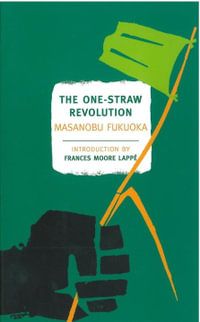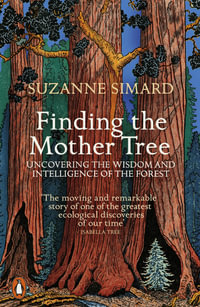
True Warnings and False Alarms
Evaluating Fears about the Health Risks of Technology, 1948-1971
By: Allan Mazur
Paperback | 21 April 2004 | Edition Number 1
At a Glance
Paperback
RRP $73.99
$66.75
10%OFF
Aims to ship in 7 to 10 business days
ISBN: 9781891853562
ISBN-10: 1891853562
Series: RFF Press
Published: 21st April 2004
Format: Paperback
Language: English
Number of Pages: 200
Audience: Professional and Scholarly
Publisher: Taylor & Francis Ltd
Country of Publication: US
Edition Number: 1
Dimensions (cm): 22.86 x 15.24 x 1.07
Weight (kg): 0.29
Shipping
| Standard Shipping | Express Shipping | |
|---|---|---|
| Metro postcodes: | $9.99 | $14.95 |
| Regional postcodes: | $9.99 | $14.95 |
| Rural postcodes: | $9.99 | $14.95 |
How to return your order
At Booktopia, we offer hassle-free returns in accordance with our returns policy. If you wish to return an item, please get in touch with Booktopia Customer Care.
Additional postage charges may be applicable.
Defective items
If there is a problem with any of the items received for your order then the Booktopia Customer Care team is ready to assist you.
For more info please visit our Help Centre.
You Can Find This Book In
This product is categorised by
- Non-FictionEngineering & TechnologyTechnology in General
- Non-FictionEarth Sciences, Geography, Environment, PlanningEarth Sciences
- Non-FictionReference, Information & Interdisciplinary SubjectsResearch & InformationDecision TheoryRisk Assessment
- Non-FictionEngineering & TechnologyEnvironmental ScienceEnvironmental Monitoring
- Non-FictionMedicineMedicine in GeneralPublic Health & Preventive Medicine
- Non-FictionScienceScience in GeneralImpact of Science & Technology on Society
- Non-FictionEarth Sciences, Geography, Environment, PlanningThe EnvironmentApplied Ecology























